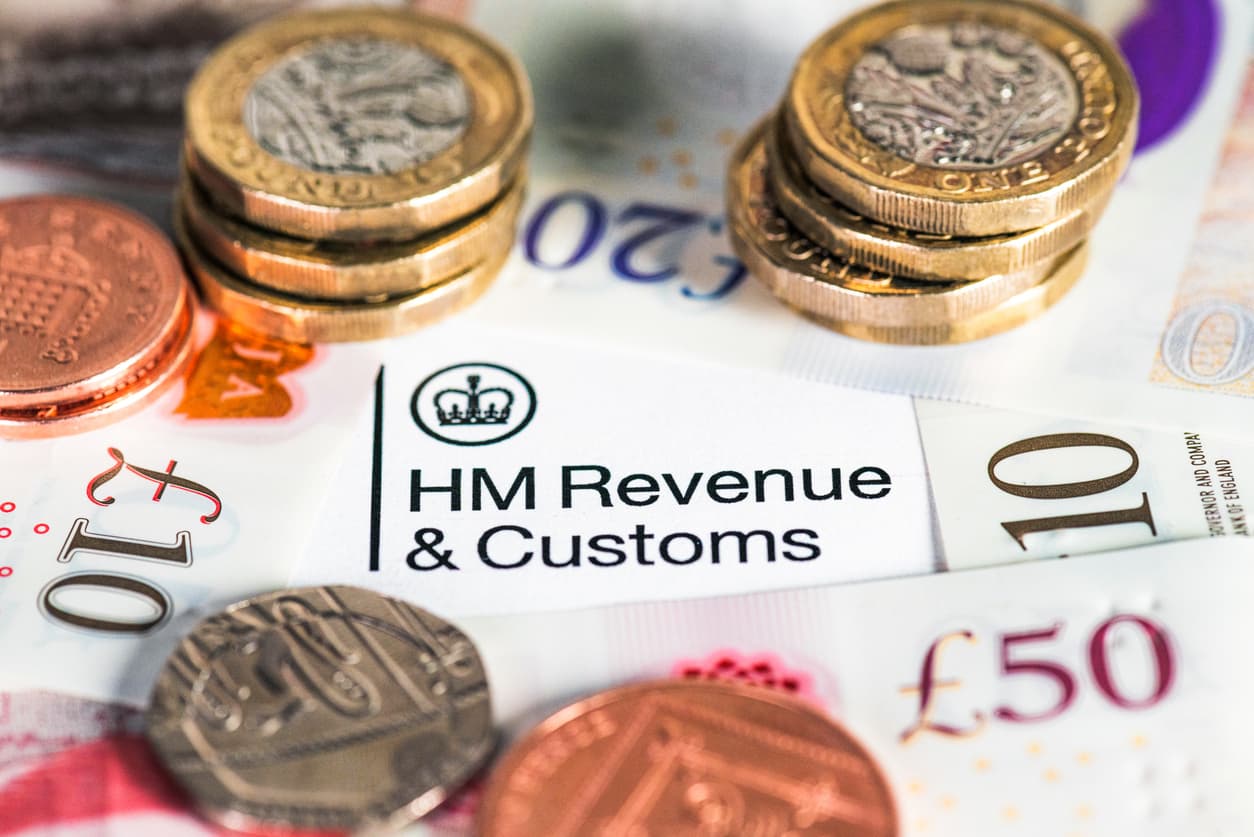Tinkering with tax: What tax rises and reforms might we see in the Autumn Budget?
Will Johnstone · Posted on: October 6th 2025 · read

There are no easy targets for the Chancellor to raise the large sums that she and the Government need to balance the nation’s books, but we would urge her not to look at UK businesses and employers, who are the engines of economic growth, to plug the fiscal gap.
Beware unintended consequences & challenges
The implications of the NIC rule changes were not thought through properly in terms of the long-term impact on the economy. Similarly, many of our private clients are concerned about the potential imposition of taxes on main residences. Not because it will directly impact them on day one but because of the trickle-down effect in damaging the housing market.
Autumn Budget 2025 Summary
Our quick access guide will provide you with clear and precise explanations of the new tax proposals announced in the Autumn Budget.
Tinkering of the rules
"Let’s have no more tinkering of the rules for the sake of tinkering. Uncertainty and a lack of stability are not good for businesses and the people who run them."
The challenge for the Chancellor will be to strike a balance between supporting households, of all descriptions, which are under mounting pressure, and ensuring the sustainability of government revenues.
Higher taxes
"Higher taxes, which may help to plug the growing gap in public finances, risks discouraging work and investment among a middle class who are the backbone of taxpayers."
Amidst the speculation, what tax rises and reforms could make a real impact?
Freezing income tax thresholds
This would raise an additional £5.8 bn by 2029-30. It is highly likely in our view this will be introduced and operates as a ‘stealth tax’ by dragging earners into higher tax brackets. It would impact UK living standards and would effectively be at odds with the manifesto pledge not to raise taxes on ‘working people’, without explicitly breaching it. We know from the April 2025 increase in employer’s national insurance contributions that the government are not shy about abiding by the letter but not the spirit of that pledge.

Reversing the previous government’s cuts to employees’ NIC
This would raise approximately £10bn per year. However, this would indisputably breach the manifesto pledge not to raise taxes on working people.

Changing the headline rate of VAT
Annual UK VAT receipts in 23/24 were £178.5bn. By simply raising the headline rate of VAT to 21%, this could raise additional revenue of over £8bn per year. Recent speculation means this cannot be ruled out, notwithstanding the manifesto.
One of the ‘Brexit benefits’ is that a UK government can now tinker with our VAT regime at will. Having changed the rules on private schools what else could they target?
While the Health Secretary has ruled out a levy on private healthcare, two of the most notable VAT reliefs are the sale of food and the sale of children’s clothes. If a reduced rate of 5% VAT were applied in both cases, this could raise over £6bn per year.
VAT could be imposed on children’s clothes but with means-tested targeted support for poorer families.

Stamp Duty Land Tax reforms
Our council tax system is in desperate need of a revision, but this is a huge task. We could see council tax and Stamp Duty Land Tax (SDLT) being replaced by a proportional property tax which would see homeowners — not tenants — paying a tax toward local services on house values below £500,000 and a national levy on the value above.
Spreading SDLT payments across several years could jump start the property market. Breaking SDLT into instalments would lower the cash needed at the point of purchase, unlocking capital and giving buyers more breathing room for deposits, moving costs, and renovations, while helping more first-time buyers onto the housing ladder.

Pension tax relief
The big one that could help fill the gap. Lowering the rate of tax relief on pension contributions could raise as much as £15 billion. That said, tax relief must still be offered to incentivise pension saving and because pensions are taxable. What has been suggested in the past is a flat rate relief above the 20% basic rate but well below 45%. The majority of tax relief on pension contributions goes to higher and additional rate taxpayers.
However, introducing a flat rate of relief for pension contributions would be incredibly complex, especially for public sector defined benefit schemes, and this complexity is why it has not already been done.

Autumn Budget Hub
MHA will help you navigate the ever-evolving tax landscape, with a range of exclusive insights and practical guidance.







